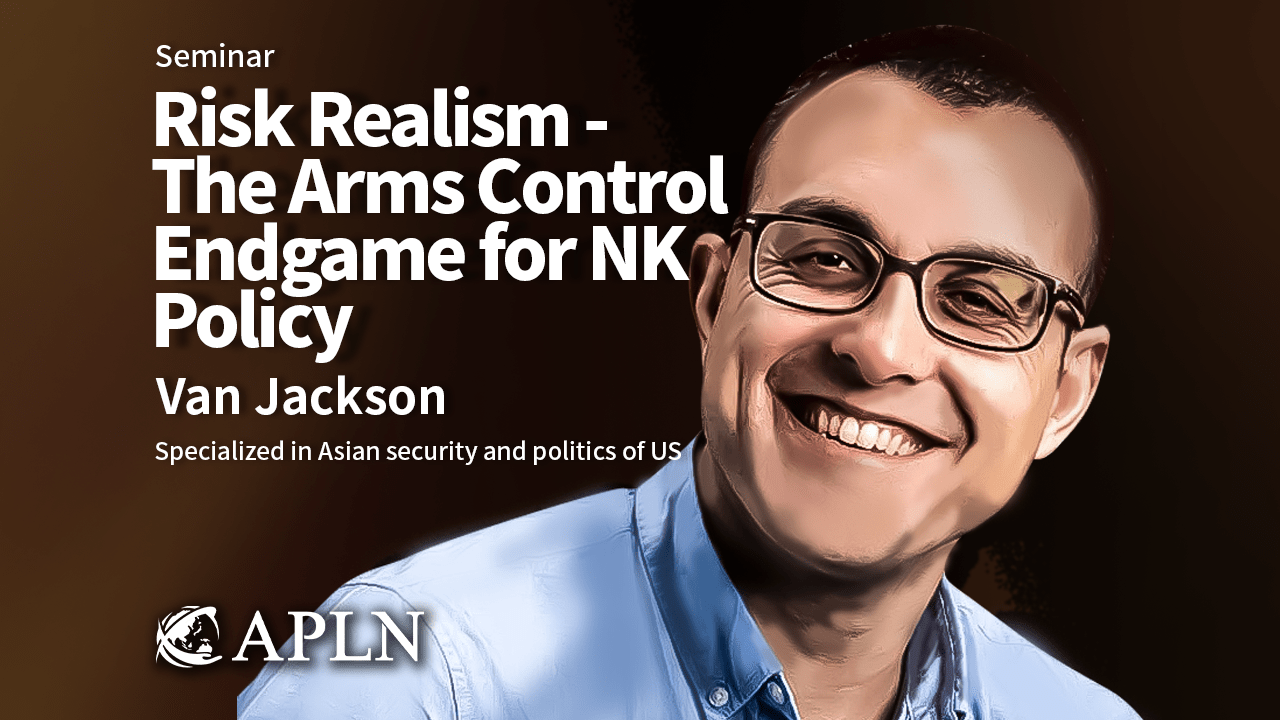[APLN-KNDA-Conference] How to Break the Stalemate with North Korea: Technicalities
HECKER, Siegfried Senior fellow, Stanford University’s Center for International Security and Cooperation (CISAC)
Dr. Hecker’s role at the APLN-KNDA Conference was to focus on the technical barriers in breaking the stalemate with North Korea. He began by outlining North Korean capabilities–the DPRK has around forty nuclear weapons capable of being mounted on Scud and Nodong missiles, but they do not yet have effective inter-continental ballistic missiles (ICBMs). This makes the nuclear power a dangerous presence to both South Korea and Japan, as well as possibly to American troops further afield, but the danger zone does not reach far enough yet into the United States itself. It should be cautioned, however, that with more time, North Korea may be able to modernize and develop its nuclear capabilities extensively enough to the point where they could reliably threaten the U.S. proper.¹
Currently, the DPRK continues to produce fissile materials, especially uranium. It is believed that North Korea did not produce plutonium this year, but Dr. Hecker points out that this is due to technical reasons, not political ones. In addition to facilities being redone, evidence points to an effort to revamp the five-megawatt reactor in Yongbyon, allowing them to continue to produce five or six weapons per year. Facilities are steadily being used and operated. Additionally, the year has seen extensive missile tests, especially those using solid-fuel rockets, which are faster to move and deploy than previous nuclear weapons and are easier to hide.²
Thus, the DPRK’s developing nuclear capabilities are of concern. North Korea can become a great nuclear threat should they decide to return to nuclear testing and producing weapons. In response to this, Dr. Hecker and Robert Carlin proposed a ten-year plan to break the stalemate, called “halt, rollback, and eliminate”. This plan involves the use of phased steps designed to soothe North Korean concerns about American hostile intentions. Another possibility floated by Dr. Hecker involves an offer to help North Korea transition from a military nuclear program to a civilian one, which may be easier to sell to the DPRK than insisting on full denuclearization.

![[APLN-KNDA-Conference] How to Break the Stalemate with North Korea: Technicalities](https://cms.apln.network/wp-content/uploads/2021/02/maxresdefault-18.jpg)
![[APLN-KNDA-Conference] How to Break the Stalemate with North Korea: Politics & Diplomacy](https://cms.apln.network/wp-content/uploads/2021/02/maxresdefault-17.jpg)

